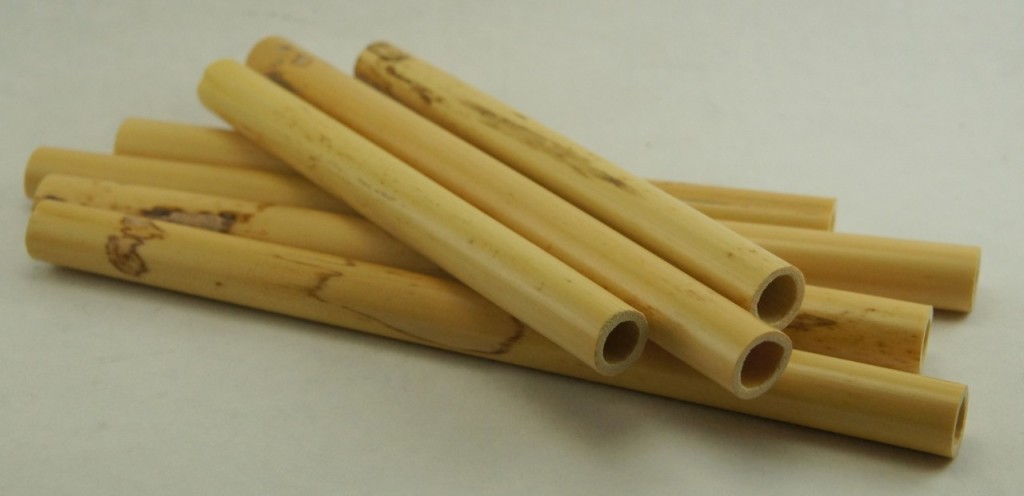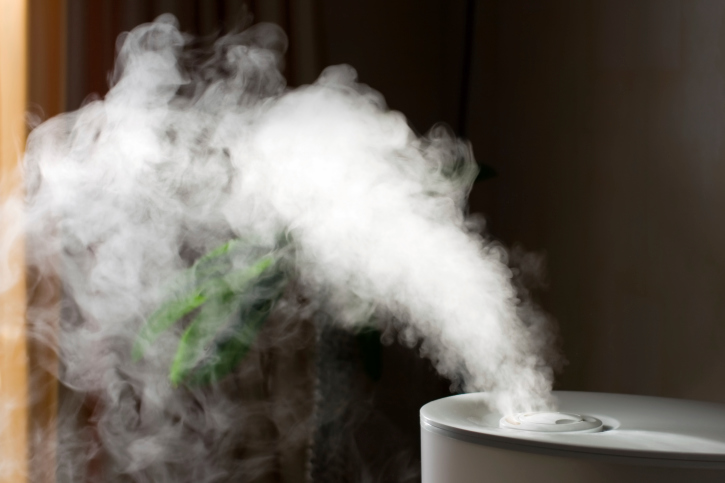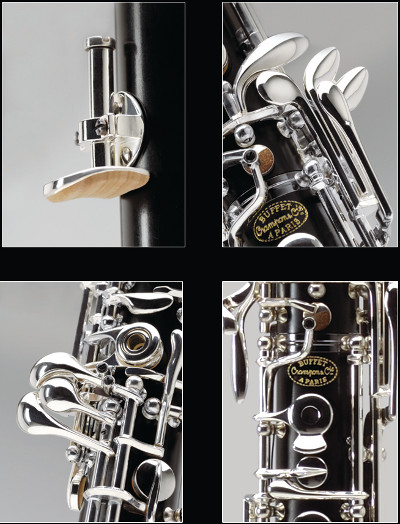Mouthpiece Setup
Your mouthpiece setup (Reed, Ligature, & Mouthpiece) is a critical component of any total instrument setup, and may be more important than the clarinet itself in the early stages of playing. Assuming the main body of the clarinet working properly, spending a little extra time and money on mouthpiece setup can greatly improve the response, intonation, tone quality, and easy of playing of the instrument. After all, this is the part of the instrument that produces the actual sound. It's important to remember that choosing a mouthpiece setup is an extremely individual process and just because a particular setup works for one person doesn't mean it will work for you. A good clarinet teacher or our clarinet specialist will be able to point you in the right direction so don't be afraid to ask questions. Read More...





